You are here
South Kaibab is one of the two main trails on the South Rim of Grand Canyon National Park, and other is Bright Angel. These are both extremely popular for day and overnight hikes because they are maintained for high traffic, make a fairly direct route to the bottom of the canyon, and deal incredible views the whole way.
A round-trip hike all the way to the Colorado River in the bottom is generally considered a two-day endeavor, but going a shorter distance down and back makes a great day hike.
South Kaibab is the best option for those who want maximum views in a relatively quick time. This trail follows a ridgeline that juts out into the main canyon. The scenery is grand from the very start, but you get a truly huge perspective after a mile at the aptly named Ooh Aah Point.
Ooh Aah makes a good turn-around point, because you'll want to leave plenty of time and energy for the switchbacks to regain the rim. Howeever, a bit further down is another worthwhile destination at Cedar Mesa. There is a toilet here and plenty of flat space to spread out and relax. Most day hikers will choose to head back up from here, but the more intrepid may opt to extend further into the canyon at Skeleton Point (6-mile round trip), which is the maximum recommended distance for a day hike.
Before setting out for any distance on South Kaibab Trail, there are some important things to know. The first is that there is no water available anywhere except at the trailhead, and there is little shade to speak of. This is South Kaibab's major drawback when compared to the slightly milder Bright Angel Trail. The second is that the trip downhill is deceptive. The trail will always seem steeper on the way back up, and you should allow twice as much time for the uphill half as it took to get down. Also, weather on the rim is often breezy and cool, even during summer, but temperatures rise quickly as you descend.
To prepare, bring plenty of your own water, about one liter for every mile you plan to hike during the summer. Also, bring salty snacks, because staying fueled with calories and electrolytes is just as important as keeping hydrated. Wear sun protection, sturdy and comfortable hiking shoes, and layers of clothing if the weather may change.
Weather is another major consideration. The trail is open year round, but conditions vary considerably by the season and sometimes by the day. Summer is the most popular time, but it also has the hottest temperatures and greatest risk of afternoon thunderstorms. Spring and fall are the best, when temperatures are cooler and the weather is generally more stable. Winter days are usually sunny but cold, with ice and snow covering the first mile of the trail. Be sure to check weather forecasts before you begin and pack accordingly.
For more information on how to prepare, see How to Hike the Grand Canyon: Tips for Beginners and Experts
Mileages:
Ooh Aah Point: 1.8 miles round trip
Cedar Ridge: 3 miles round trip
Skeleton Point: 6 miles round trip
Recommended Gear
Before you head out on your next Grand Canyon National Park adventure, make sure you have the right gear!
Here's a list of our go-to hiking essentials to get you started:
Backpack: Osprey AG Pack
Men's Manta 28L and Women's Mira 26L • $123.99 • Hip Belt, Adjustable Torso, Compression Straps, Raincover + Hydraulics LT 2.5L Water Reservoir Included
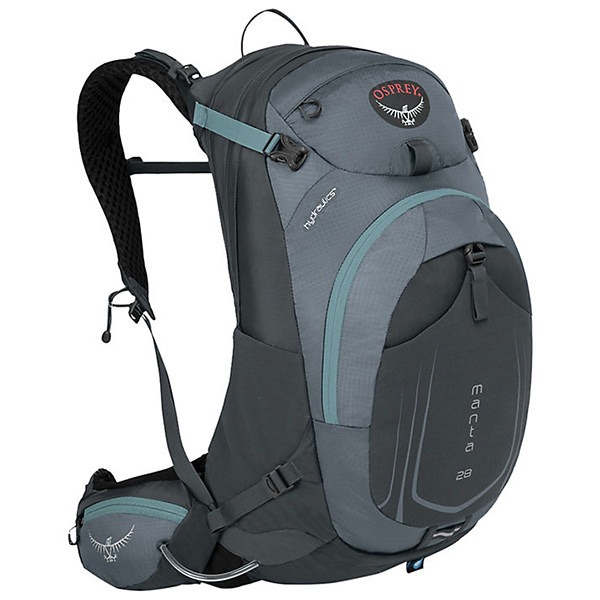
Hiking Shoes: Salomon X Ultra 3 Mid GTX Shoe
Men's and Women's • $165.00 • Cushioned, GORE-TEX, High Traction Contagrip, 15.8 oz
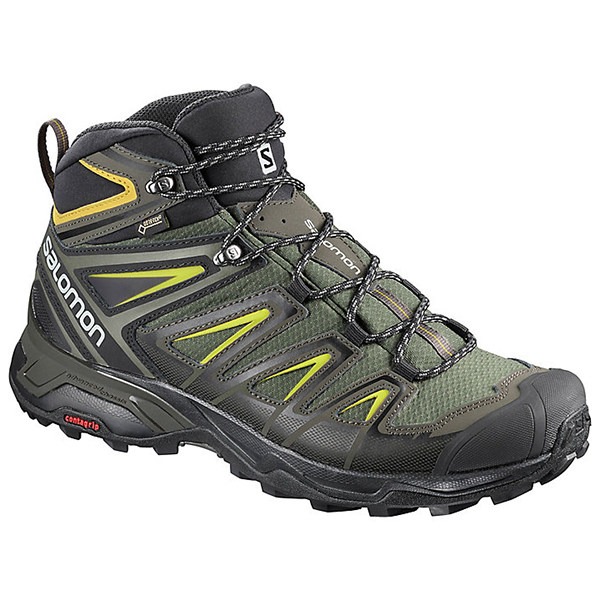
Shirt: Mountain Hardwear Canyon Pro Long Sleeve Shirt
Men's and Women's • $95.00 • Sun Protective, Moisture Wicking, Quick Drying, Roll-up Sleeves

GPS Watch: Garmin Forerunner 35 GPS Watch
$169.99 • Waterproof, Calorie Burn Tracker, GPS, Sleep Tracker, Shock Resistant, Speed Tracker, Lap Timer
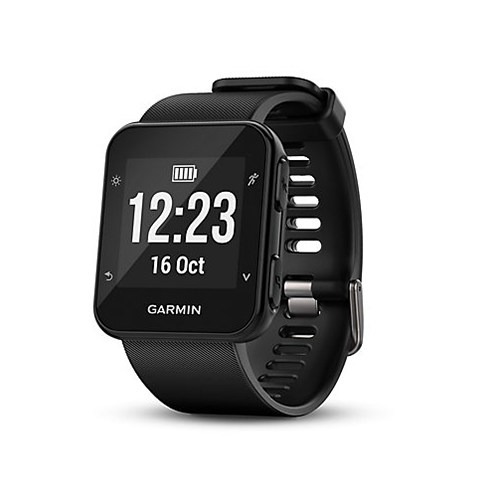
Trekking Poles: MSR DynaLock Explore Poles
$99.95 • Aluminum, Adjustable with DynaLock Levers, Four-season Functionality, 20 oz.
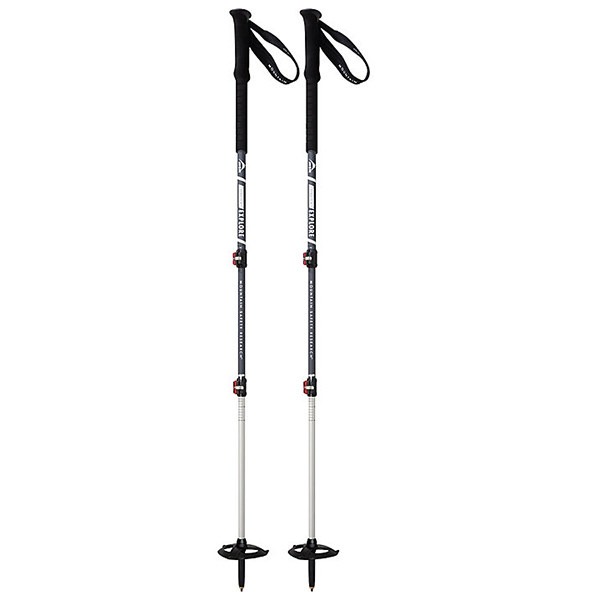
Socks: Darn Tough Hiker Micro Crew Cushion Sock
Men's and Women's • $21.95 • Made in USA, Anti-bacterial, Merino Wool, Breathable, Fast-drying
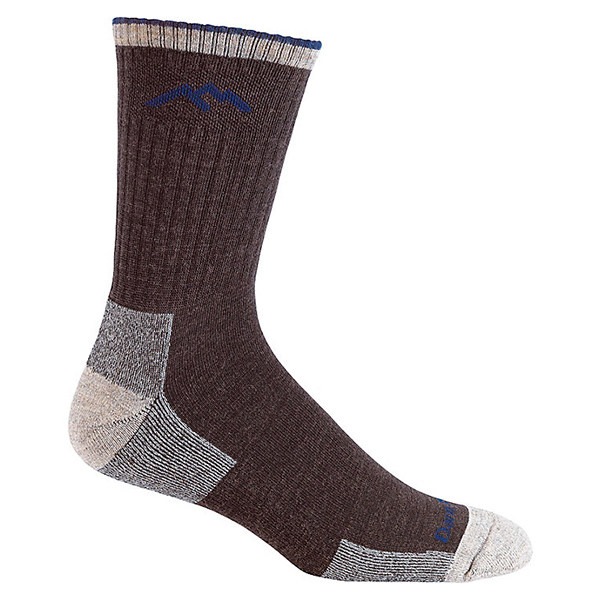
Headlamp: Black Diamond Storm Headlamp
$49.95 • LED, Waterproof, Maximum Beam Distance: 80 m, Takes AAA Batteries
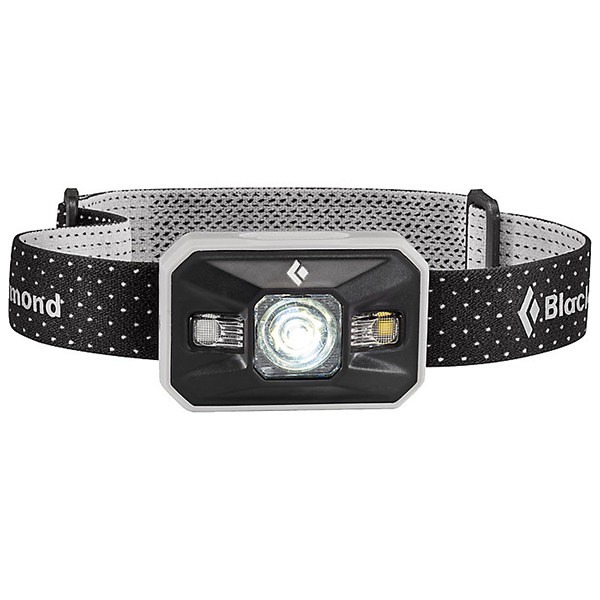
First Aid Kit: Adventure Medical Kits Ultralight and Watertight .5 Kit
$19.00 • Ultralight, Watertight, Group Size: 1 person, Trip Duration: 1-2 days
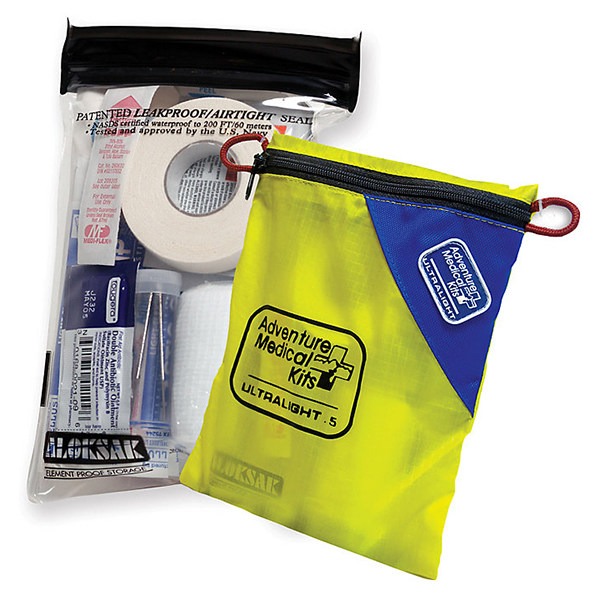
Logistics + Planning
Current Weather: Powered by Dark Sky








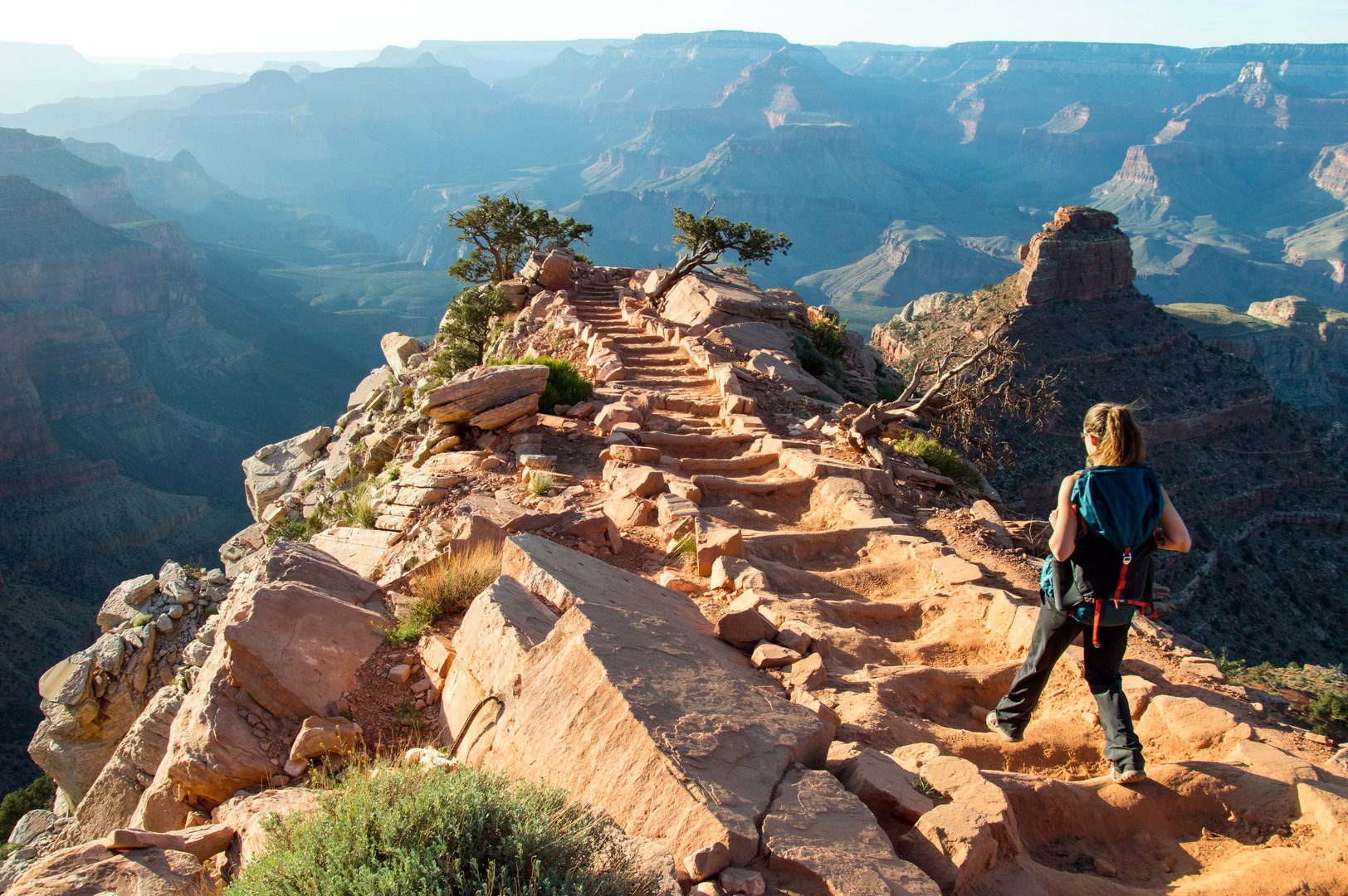





















Comments
Sign In and share them.